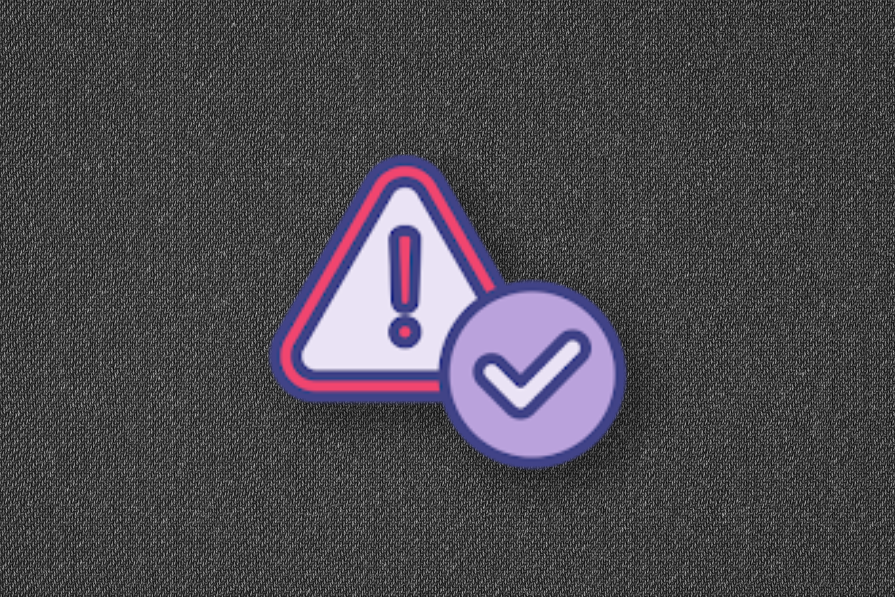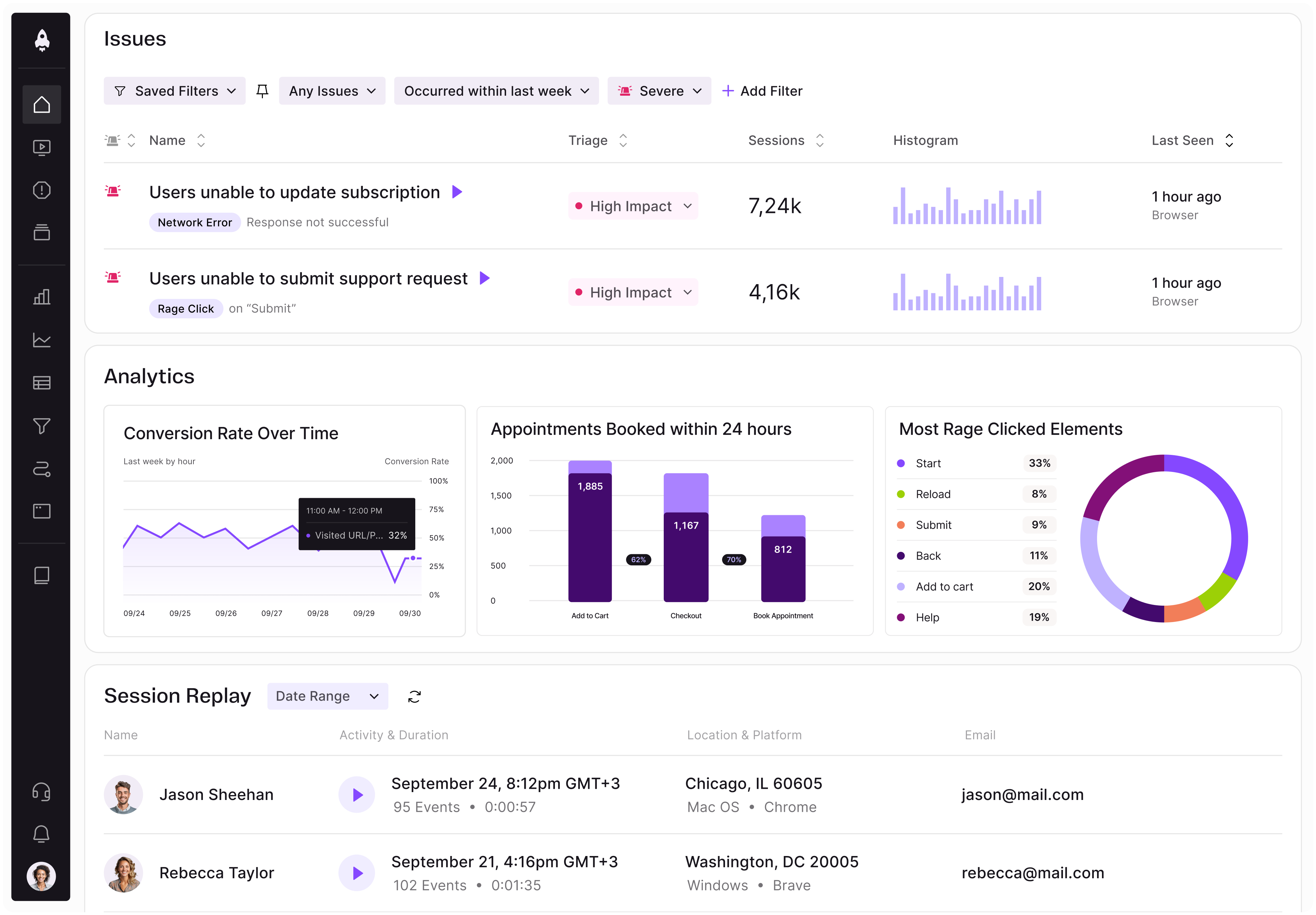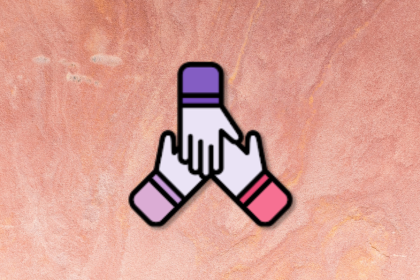“Fail fast” has become a defining principle of modern product development. It encouraged teams to move rapidly, validate assumptions, and avoid spending time on ideas that don’t work.

However, as experimentation has increased, so have the consequences. In organizations where products are linked to sensitive data, social influence, or financial decision-making, reckless speed can result in user loss, broken trust, or reputational damage.
This article presents a practical approach to ethical experimentation that maintains the speed and learning benefits of lean thinking while providing the structure and accountability required in today’s product market.
Failing fast isn’t always unethical; it becomes dangerous when speed takes priority over safety and user impact. Many teams unknowingly cross ethical lines by conducting experiments without consent, testing ideas that may negatively impact vulnerable groups, or ignoring early warning signs because they are solely concerned with performance metrics such as engagement or conversion.
The challenge is straightforward: companies want to learn quickly, but users expect products they can rely on. To balance those two needs, failure must be redefined as something to be managed responsibly rather than avoided.
Ethical experimentation doesn’t slow down teams. Instead, it provides guardrails to prevent you from falling off the edge while racing forward.
Not all experiments are equal. Changing a text font isn’t the same as changing a pricing model or altering how sensitive data is used.
That’s why teams need a simple way to classify risk before launching anything. A three-tier framework makes experimentation decisions clearer:
This rubric helps teams decide when to move fast and when to slow down. Low-risk ideas can be shipped rapidly, but high-risk experiments require additional planning, review, and stakeholder approval before launch.
Speed without ownership creates chaos. Before starting any experiment, you should follow a simple pre-launch checklist:
To guarantee clarity, associate each experiment with lightweight RACI alignment:
This structure helps prevent critical confusion during high-risk cycles.
A rollback plan provides a safety net. Even great experiments can go wrong, and teams should not wait until a crisis occurs to decide how to respond. A simple rollback strategy contains the following:
Internal rollback notes help teams to respond faster. For example:
External communication could be as simple as:
This protects user trust even during experimentation.
Success metrics alone can be misleading. An experiment may boost engagement but also cause dissatisfaction, risk, or inequity. That is why teams must monitor guardrail data throughout each test.
These include:
Guardrails make it harder for you to accidentally implicate users’ trust when trying to optimize their products.
When the risk is high, “launch and pray” is a reckless strategy. Instead, you can adopt safer ways to learn quickly and strike a balance between innovation and accountability:
Now, to help you better understand what to do in practice, let’s take a look at some real-world examples of failing fast.
Slack didn’t become a successful product by shipping wildly and crossing its fingers. Early on, the team shipped internally first, limiting exposure to real users until they had validated data and fixed any vulnerabilities.
In Slack’s blog, Stewart Butterfield wrote openly about its iterative development process, prioritizing real feedback loops over speed. Its approach shows that it’s possible to learn fast without causing unnecessary risk by layering iteration, transparency, and a deliberate rollout plan.
In contrast, Facebook’s 2006 launch of the News Feed became a case study in failing without ethical guardrails. Users were suddenly shown activity feeds that revealed behavior they had not intended to disclose publicly. There was no clear user consent and minimal explanation of what changed or why.
The Guardian and other major outlets reported an immediate and fierce backlash. Facebook saved the launch only after scrambling to implement new privacy settings and publicly apologized. The problem was not the experiment itself, but a lack of trust, openness, and user safety.
The future of product development does not reject experimentation, but rather evolves it. “Failing fast” was effective when products were simpler and experimentation risks were fewer.
Today, failure requires structure. Teams must transition from speed-at-all-costs to responsible experimentation, which means learning quickly without sacrificing ethics, user trust, or product integrity. The new mindset is not to fail quickly, but to learn responsibly.
Featured image source: IconScout

LogRocket identifies friction points in the user experience so you can make informed decisions about product and design changes that must happen to hit your goals.
With LogRocket, you can understand the scope of the issues affecting your product and prioritize the changes that need to be made. LogRocket simplifies workflows by allowing Engineering, Product, UX, and Design teams to work from the same data as you, eliminating any confusion about what needs to be done.
Get your teams on the same page — try LogRocket today.

A practical framework for PMs to use AI in ideation without sacrificing judgment, strategy, or decision quality.

A practical five minute revenue estimation method to help product managers compare ideas, drop low impact features, and prioritize smarter.

A practical guide for PMs who want to stop being bottlenecks, delegate smarter, and lead teams effectively with a clear ownership framework.

Stop letting unreliable data block features. Treat data as inventory to track quality, ownership, and ship with confidence.